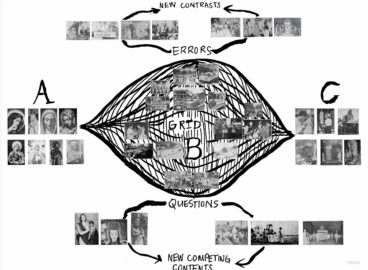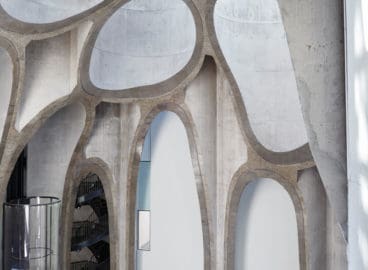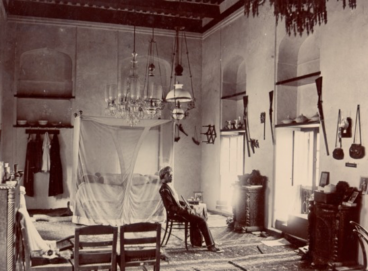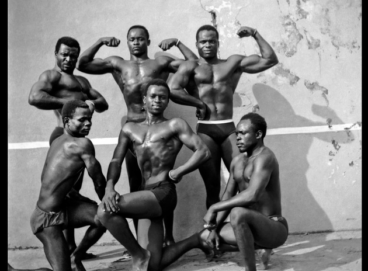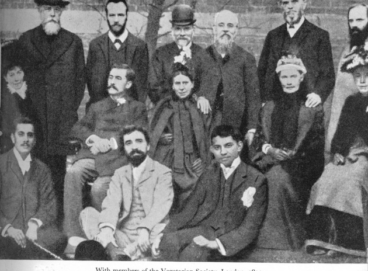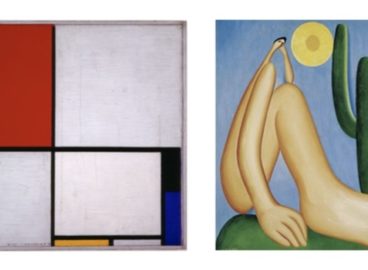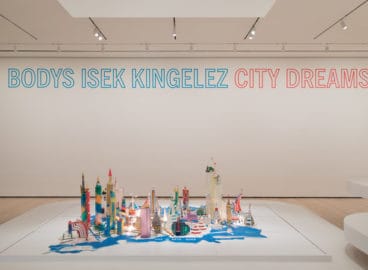Exhibitionary Heritage: The Grid
Treating as insightful case studies the records of miraculous, flower-flurried advents of Mary, Mediatrix of All Grace in the Mindanao Cross, a local newspaper founded by Catholic missionaries in Cotabato City, Mindanao, in 1948, researcher and curator Renan Laru-an initiates the notion of an exhibitionary heritage, articulating this proposition through a self-created grid.
